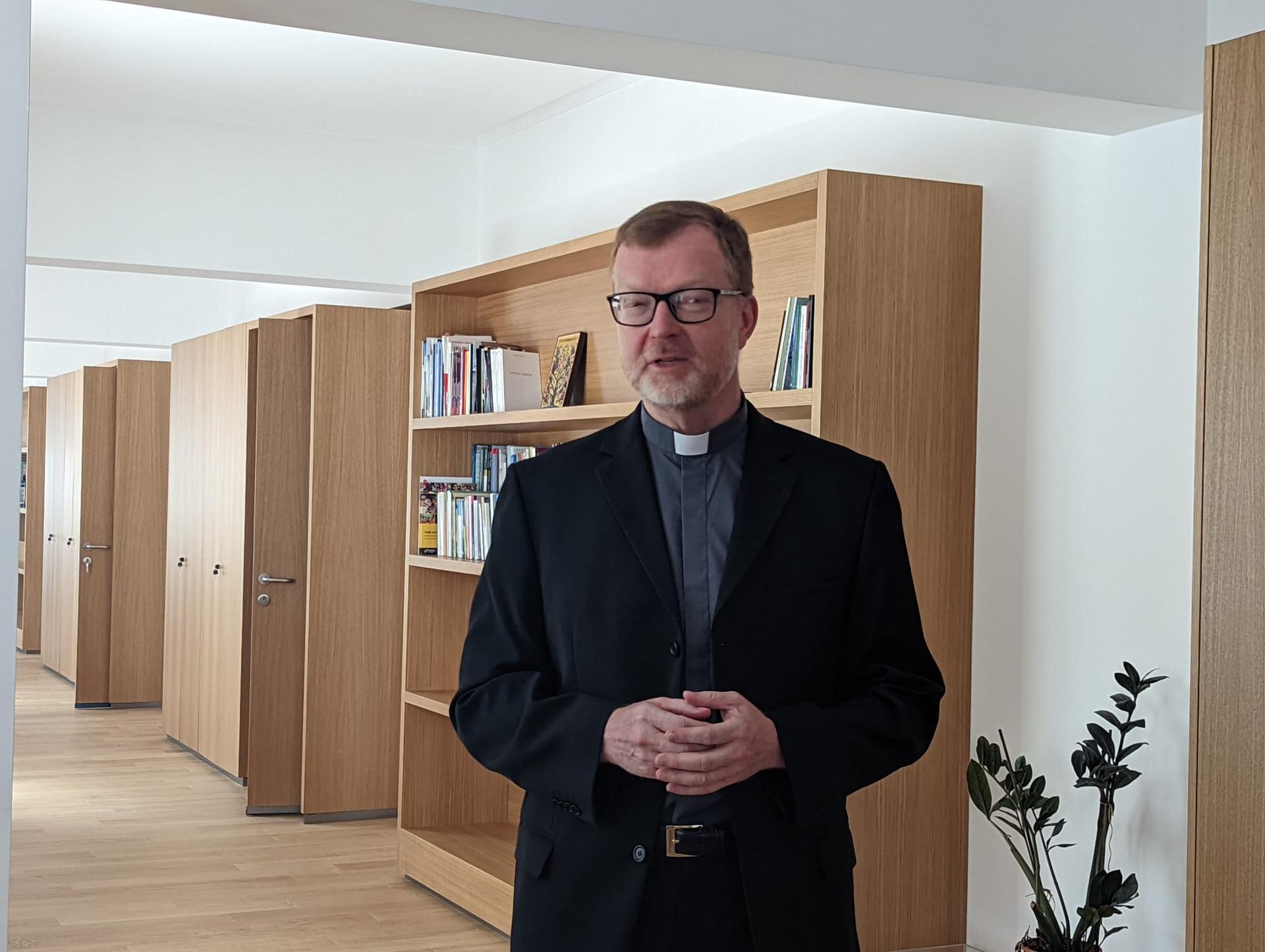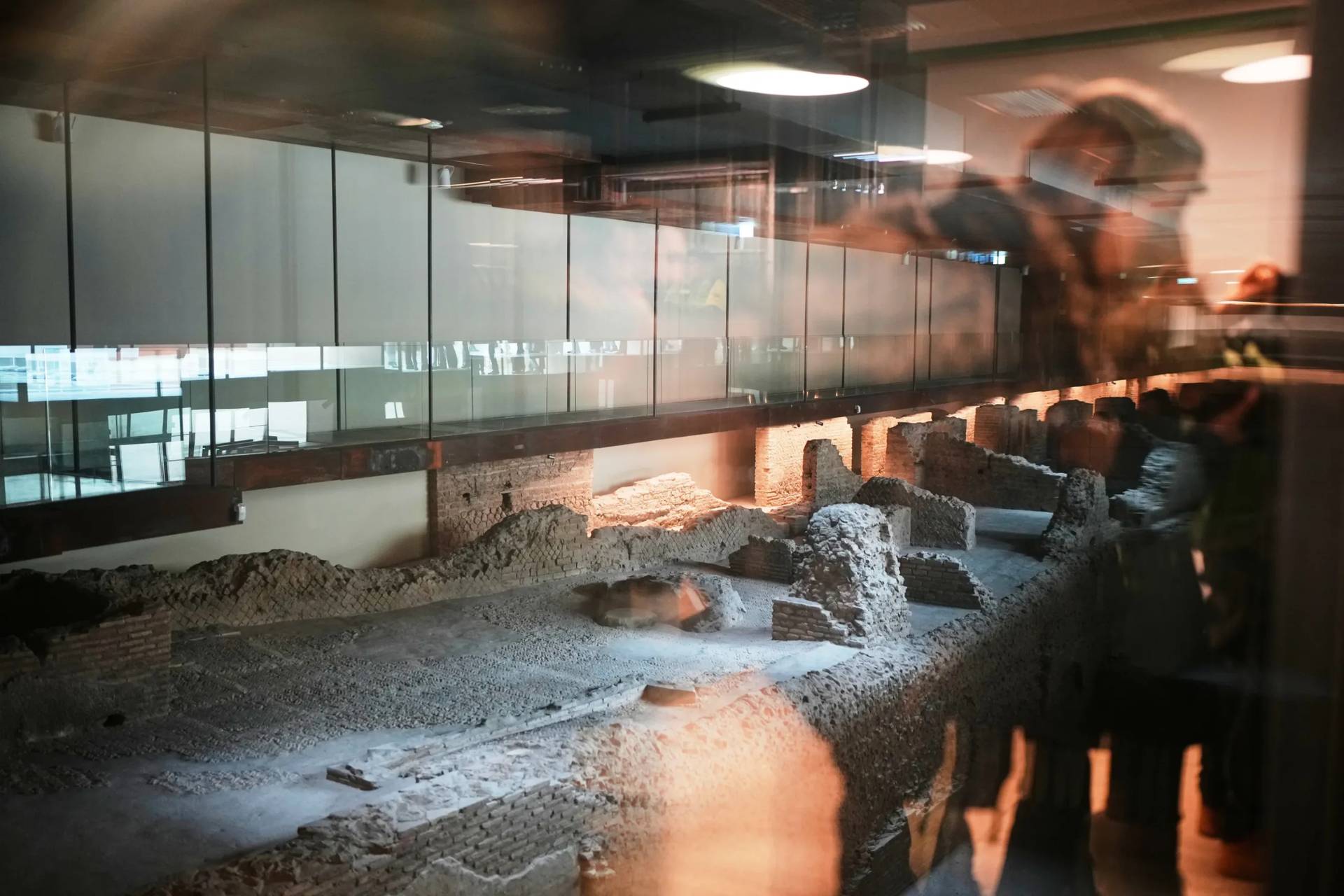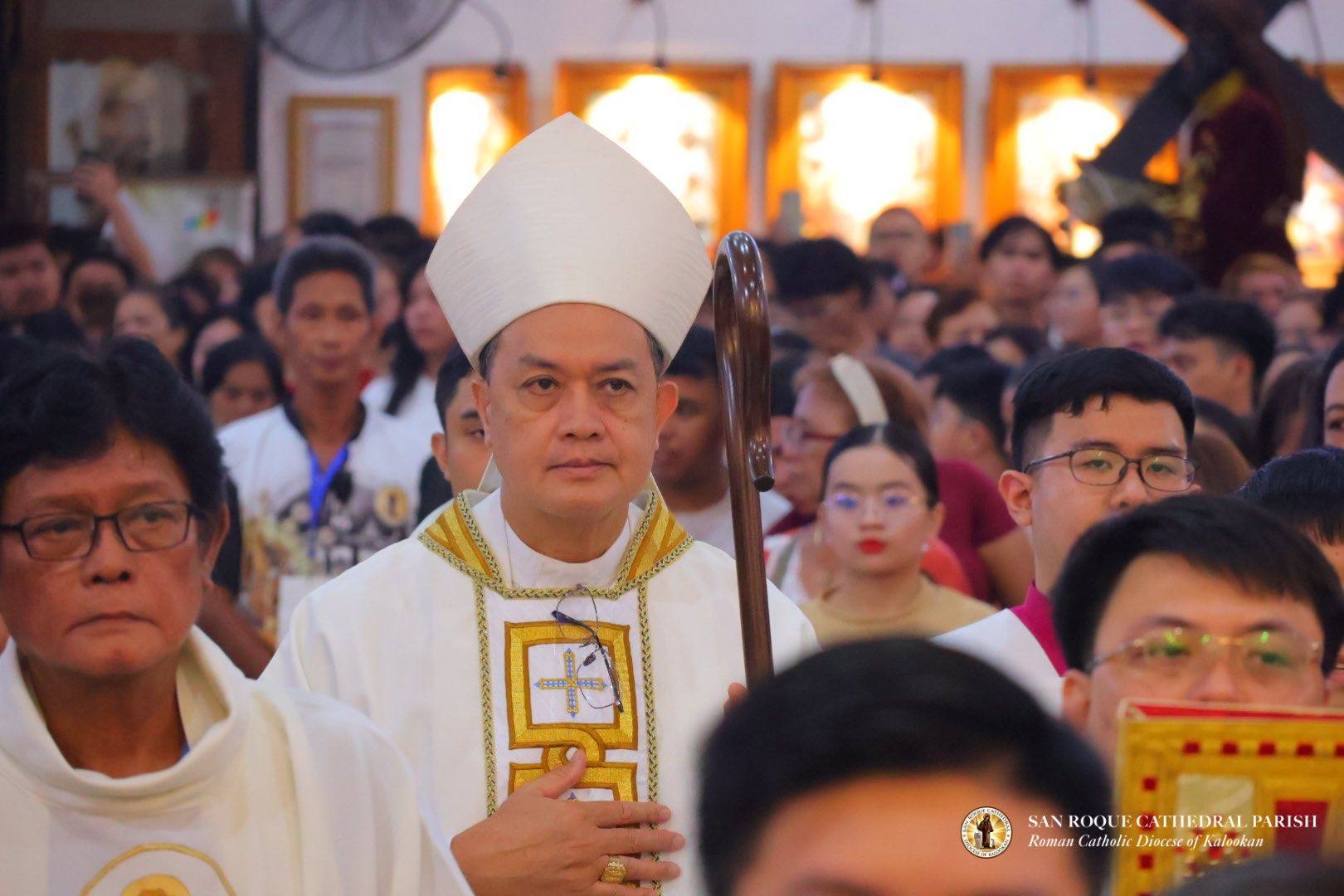ROME – One of the Catholic Church’s foremost anti-abuse institutions, part of Rome’s Pontifical Gregorian University, announced last October plans to expand its mandate to include the sexual and spiritual abuse of adults.
As of this week, the flagship institute has new offices on the fourth floor of Rome’s Villa Malta, famous for being the home of the Jesuit magazine Civilta Cattolica.
German Jesuit Father Hans Zollner, one of Pope Francis’s top advisers on abuse, welcomed a handful of journalists – including Crux – to the new headquarters of what is now the Institute of Anthropology, Interdisciplinary Studies on Human Dignity and Care, or IADC, to talk about both the mission and the vision for what will become the church’s go-to agency on abuse prevention.
“Our task is an academic one,” Zollner said. “We need to make sure that we understand what brought about the abuse crisis in the church and beyond, and what were the conditions that led to it being dealt with in a negligent way and with cover-up.”
The Institute is the evolution of the Center for Child Protection, founded by Zollner with the support of German Cardinal Reinhard Marx. But being a center completely dependent on the Pontifical Gregorian University had two main problems: There was no faculty, and no way to actually grant degrees. The Institute, however, will not only be able to grant PhDs, but also host post-doctoral students to research the question of safeguarding. Three such researchers will join the permanent staff next semester.
The idea to broaden the scope of study came after a 2018 Pennsylvania grand jury report exposed how a series of bishops in that state systematically covered up for abusive priests. Subsequent investigative reports into clergy abuse, including in Zollner’s native Germany and most recently in France, identified the same systemic and structural problems.
But if things go according to plan, the Institute will provide the academic and scientific ammunition for decision makers to take action.
“We want to focus on foundational questions,” Zollner said. “For example, surprisingly after 40 years of public debate and public scandal in the media, we still don’t know what is effective in safeguarding measures, scientifically speaking. Nobody can tell you with any kind of precision what is really helpful and what brings down the numbers of new allegations in any institution. What works? Is it the guidelines, the educational pace, the media tension?”
Another foundational question, according to Zollner, regards the expectations of survivors of abuse in the spiritual realm and how the church can correspond to victims’ expectations.
“There is a spiritual wound in most survivors within the church, because they were believers and many still define themselves as believers. But we overlooked this spiritual wound and it is for me a big scandal,” he said. “Where are they [victims], with their history of abuse and negligence and resistance by the church when it comes to living with a faith that has been bruised, that has been hurt, and sometimes, destroyed?”
Within the scientific community, especially in the English-speaking world, he said, scholars rely on grants. The common thing is for a scholar to get a grant, carry out their research in a couple of years, host a conference, and move on to the next thing. It is this short-sighted attitude that has led to the fact that, today, no one knows what works when it comes to making sure every child is safe – not only in the church, but in sports, the entertainment industry, and schools.
“In April, I was in the [United] States, I visited Harvard, University of Notre Dame, Boston College, Seattle University, Gonzaga, and found out that in no such place is there any sustainable effort to do research on this,” Zollner said. “And this is in the U.S., where you have the money and they have been dealing with this for 40 years.”
There is no current and consistent structure in place that allows the Catholic hierarchy, wherever it might be, to address clergy – and bishops in particular – credibly accused of wrongdoing when it comes to abuse and/or cover-ups. As Zollner pointed out, “bishops in Poland have been removed, but bishops in Germany who are in the same boat haven’t.”
Meanwhile, in Institute classrooms during any semester, around 25 people from all over the world will be getting a diploma or a degree on safeguarding.
The Institute’s research branch will seek to understand where the resistance lies within the system. Zollner said many people are looking to change things because they saw “the way victims were silenced, seen as enemies of the church, not welcomed, and deprived from the welcoming and the simple sheer empathy that they needed.”
Candidates for the Institute face a selection process that will try to identify those who plan to continue working in the field of safeguarding, while also rooting out those whose behavior and attitudes reveal troubling personalities. Unfortunately, there is no method that is foolproof when it comes to identifying “weird” attitudes, Zollner said.
Zollner hopes students will help the church move forward in safeguarding – something that individual churches in the United States and most of western Europe have made progress in – but also in owning up to its failures.
“What we would like to see is first and foremost that we, as a church, live up to the basic Gospel message by Jesus himself that we care for the wounded ones, that we care for the vulnerable ones, and that we don’t care so much about our own image, we don’t care about our own prestige and public appearance,” he said.
To that end, the Institute plans on sending the students to fulfill their mandatory internships in bishops’ conferences that have requested the help of the organization. The students will see how things are being done and help improve the processes, not only to protect children today, but also to help bring closure to those who have already been hurt by those called to protect them.
Follow Inés San Martín on Twitter: @inesanma
















